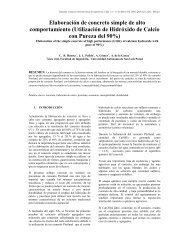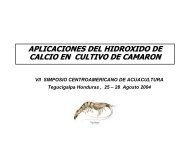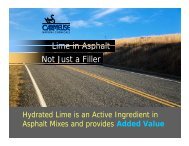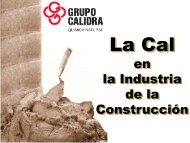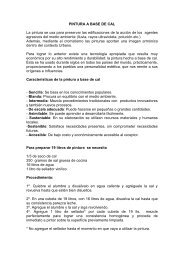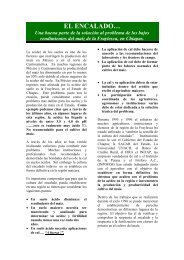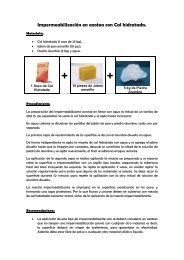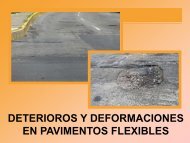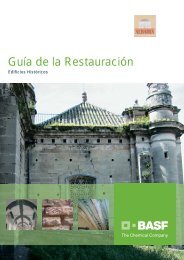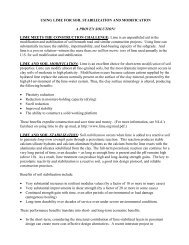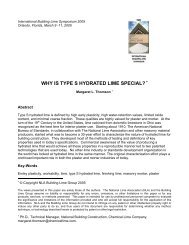Land Contamination: Technical Guidance on Special Sites: Acid Tar ...
Land Contamination: Technical Guidance on Special Sites: Acid Tar ...
Land Contamination: Technical Guidance on Special Sites: Acid Tar ...
Create successful ePaper yourself
Turn your PDF publications into a flip-book with our unique Google optimized e-Paper software.
Box 6.1 Example of Remediati<strong>on</strong> of <strong>Acid</strong> <strong>Tar</strong> Sludge by DCR Treatment(Grajczak, 1995)<strong>Acid</strong> tar sludge from the former Sinclair refinery site in Texas (a Superfundsite) was treated by the DCR process using a specially commissi<strong>on</strong>edtransportable treatment unit handling 180 US t<strong>on</strong>s/hour. 137,000 cubic yardsof waste (about 100,000 cubic yards of which was classified as acid tar) wastreated in total. The stabilised waste was then disposed of in a landfillc<strong>on</strong>structed <strong>on</strong> site to legislative standards. The treatment technology initiallyspecified was incinerati<strong>on</strong> unless it could be proven that a solidificati<strong>on</strong>technology would be as effective. As site characterisati<strong>on</strong> showed thatneutralisati<strong>on</strong> would be required to reduce sulphur dioxide emissi<strong>on</strong>s, thisprompted detailed study of solidificati<strong>on</strong>/stabilisati<strong>on</strong> technologies as analternative to incinerati<strong>on</strong>.Most of the waste, particularly that deeper in the pits, was in the form of slowflowing, viscous tar. Bench scale trials were c<strong>on</strong>ducted by vendors againstestablished treatment goals (expressed in terms of parameters such ascompressive strength, liquid release, and leach testing). Followingexaminati<strong>on</strong> of these and evaluati<strong>on</strong> of tenders, a tender based <strong>on</strong> the DCRprocess was selected. The treatment unit comprised a waste crusher/feedsystem, a reagent feed system, an emissi<strong>on</strong>s c<strong>on</strong>trol system and two paralleltreatment trains (hoppers, mixer, reacti<strong>on</strong> chamber). Emissi<strong>on</strong> c<strong>on</strong>trol wasrequired as the initial reacti<strong>on</strong> is exothermic and dust and VOCs needed to becaptured and treated for a minimum of 30 minutes following waste-reagentmixing. This comprised a hydrostatic precipitator for dust, a packed spraytower and activated carb<strong>on</strong> for organic vapours.The material produced was described as homogeneous, dry, free-flowing, easyto transport and readily compacted in the landfill. It is similar to natural claysbut without the affinity for water. The period from c<strong>on</strong>ceptual engineering tostart-up was 12 m<strong>on</strong>ths and the treatment period was 13 m<strong>on</strong>ths. The projectwas reported by the above author to have been c<strong>on</strong>cluded successfully.Other Processes• Other processes include several involving solidificati<strong>on</strong>, similar to those used for thesolidificati<strong>on</strong> of sewage sludge;• two processes have been piloted in Germany with some success, <strong>on</strong>e of whichproduced a solid c<strong>on</strong>crete-like material and another produced a powder. However,certain problems were encountered, most notably the need for large quantities ofbulking material (580 kg were needed to solidify 25 kg of acid tar). This could lead todisposal problems due to the large amount of space required.R&D <str<strong>on</strong>g>Technical</str<strong>on</strong>g> Report P5-042/TR/04 37



